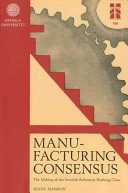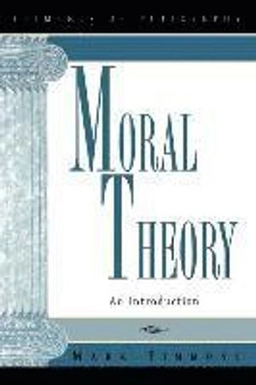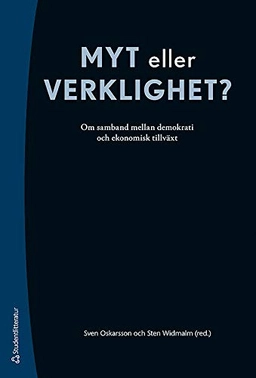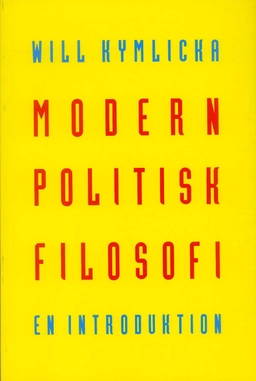

Manufacturing consensus : the making of the Swedish reformist working class
- Utgiven: 2012
- ISBN: 9789155484538
- Sidor: 296 st
- Förlag: Acta Universitatis Upsaliensis, Univ. Universitetsbilbioteket [distributör]
- Format: Häftad
- Språk: Engelska
Om boken
Åtkomstkoder och digitalt tilläggsmaterial garanteras inte med begagnade böcker
Mer om Manufacturing consensus : the making of the Swedish reformist working class (2012)
2012 släpptes boken Manufacturing consensus : the making of the Swedish reformist working class skriven av Jenny Jansson. Den är skriven på engelska och består av 296 sidor. Förlaget bakom boken är Acta Universitatis Upsaliensis, Univ. Universitetsbilbioteket [distributör].
Köp boken Manufacturing consensus : the making of the Swedish reformist working class på Studentapan och spara pengar.
Referera till Manufacturing consensus : the making of the Swedish reformist working class
Harvard
Oxford
APA
Vancouver



















